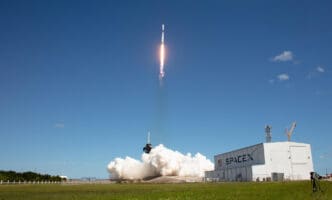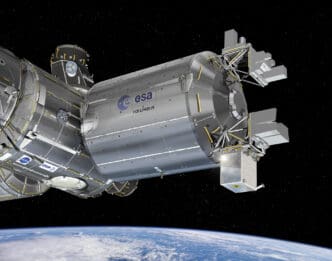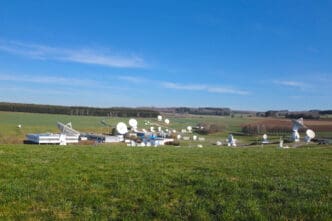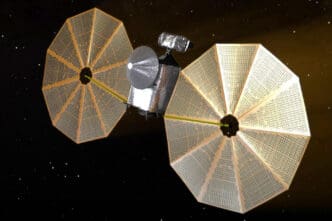NASA’s Science Mission Directorate (SMD) is leveraging artificial intelligence (AI) to transform the way science data is utilized. By developing AI foundation models and large language models, NASA aims to enhance research processes and improve the effectiveness of its science data use.
The Office of the Chief Science Data Officer (OCSDO) within NASA’s SMD is at the forefront of implementing AI technologies to streamline scientific workflows. These foundation models are trained on extensive datasets, allowing researchers to apply them to specific scientific studies with minimal additional resources.
NASA’s collaboration with IBM Research has resulted in a robust AI model designed for weather and climate applications. This model, now publicly available, showcases the potential of AI in handling complex datasets crucial for understanding meteorological and climate phenomena.
AI-driven models are becoming crucial tools in prediction and forecasting. Scientists can now forecast weather, space weather, and cosmic events more accurately through data-driven predictive modeling and simulation techniques.
Open science practices are being enhanced through the improvement of data search, discovery, analysis, and visualization. These advancements contribute to more efficient research workflows, enabling scientists to focus on innovative problem-solving.
Cross-disciplinary collaboration is increased as NASA integrates data from varied sources. This approach breaks down barriers between siloed mission sciences and moves toward a comprehensive systems science methodology.
Infrastructure support is essential for the development and deployment of AI models. NASA is committed to establishing a secure and scalable infrastructure, ensuring that these technologies are integrated seamlessly into operational systems.
Significant achievements have been seen with NASA and IBM’s development of INDUS large language models. These models enhance intelligent search capabilities, aiding more effective discovery of relevant science data.
The Prithvi Geospatial Foundation Model and the Prithvi Weather and Climate Foundation Model are two remarkable projects making strides in Earth science research. These models, openly available on Hugging Face, assist researchers in tasks such as flood mapping and hurricane tracking.
Ethical considerations in AI use are emphasized through NASA’s collaboration with the American Geophysical Union. Together, they have developed a playbook to ensure AI is used safely and inclusively in science.
NASA is employing cutting-edge AI technology to open new doors in scientific discovery. Through enhanced data processing and analysis capabilities, the SMD aims to improve the understanding and exploration of the universe.
Source: Science.Nasa







